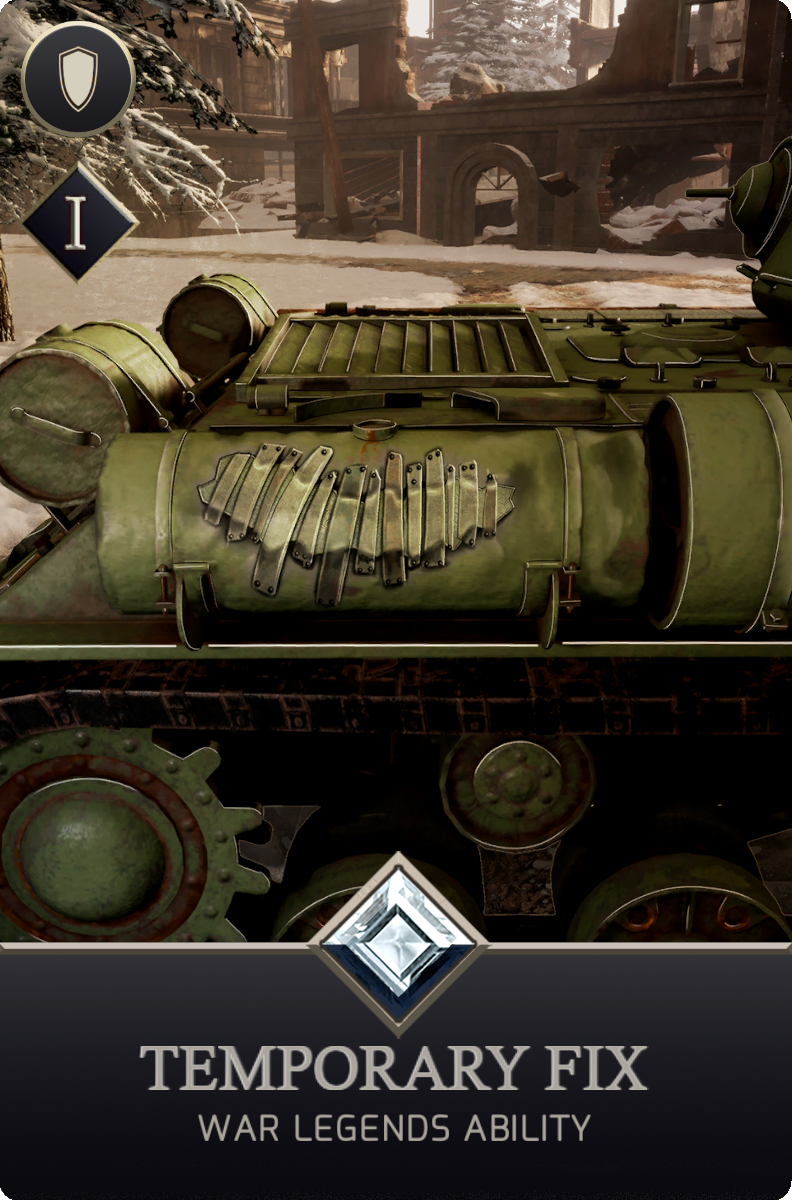


Ability Background
For a long operation, the number of knocked-out tanks could be double or triple the number of tanks at the start as some tanks were knocked-out two, three or even four times. A tank army with an average of 600 tanks at the start of an operation that suffered an average of 32 tanks lost per day would have no tanks left after only 19 days if there were no compensating factors.
The increase from 1943 to 1945 was substantial and reflects the increase in tank repair units in the Red Army force structure.
There was a case in which from the 426 tanks set out, only 304 arrived at the final destination. 122 tanks remained scattered along the route in various stages of disrepair due to technical reasons.
To promote the mechanical proficient soldiers to go on with the tanks or to promote the active soldiers to learn about it, the Russian state put a reward for each repair that was done to the tanks.
Operational pauses were critical and allowed repair units time to catch up and clear the backlog of tanks to be repaired. This, and the fact that it did not retreat and lose its damaged tank pool, is why the 5th Guards Tank Army was able to reconstitute itself after the battle at Prokhorovka.








